Your body vomits when it senses various different threats. These threats can take the form of toxic chemicals or stress hormones in the blood, swaying motions, or an upset stomach. Chemicals and hormones are detected by the brain’s chemoreceptor trigger zone (CTZ), swaying motions are detected by the inner ear, while an upset stomach is identified by the vagus nerve. Once the signal for a need to vomit arrives at the CTZ, it sets off a chain reaction.
1. Brainstem
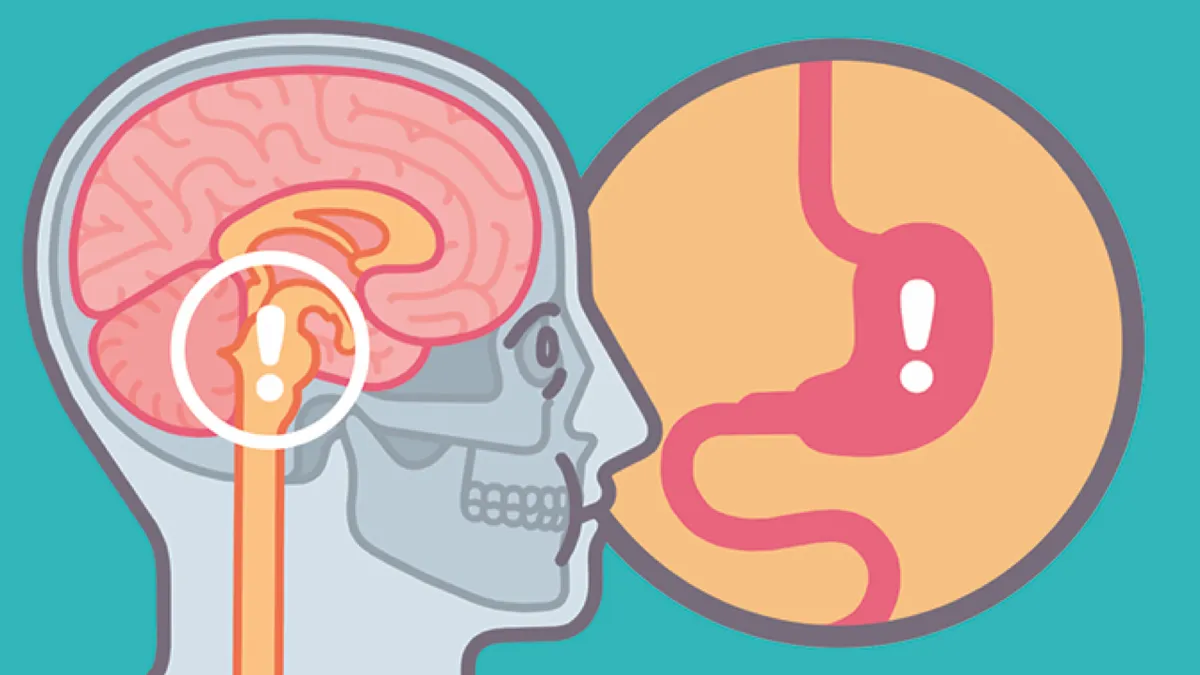
The chemoreceptor trigger zone (CTZ) receives a stimulus that might warrant vomiting. The vomiting centre begins a choreographed sequence of actions.
2. Salivary glands
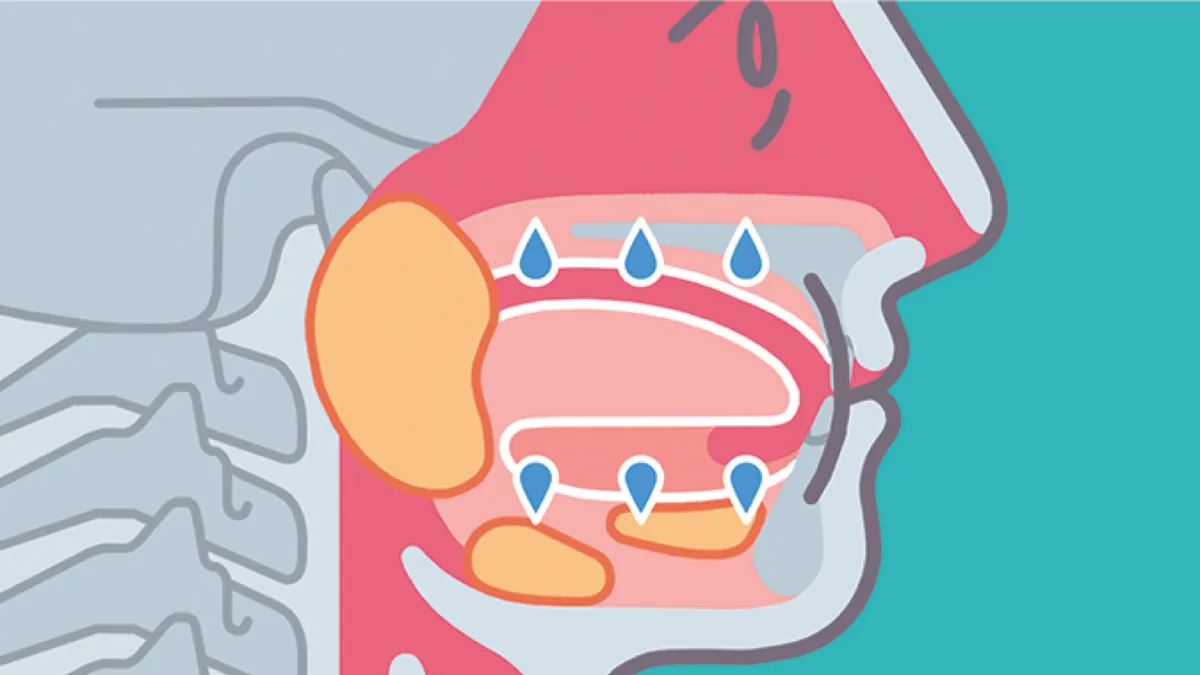
Your mouth suddenly begins producing extra saliva. This is slightly alkaline and forms a buffer to protect your mouth and teeth from incoming stomach acid.
3. Diaphragm
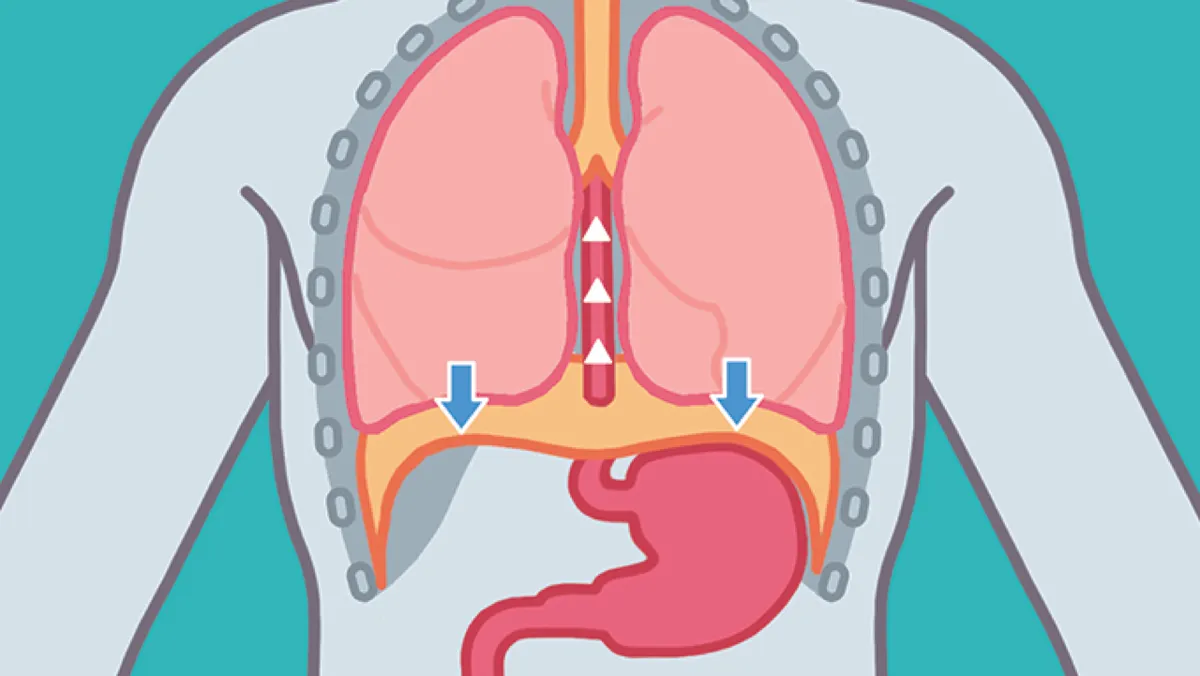
You take a deep breath to avoid getting vomit in your lungs, then the diaphragm contracts in a few short pulses, squeezing the stomach to create pressure.
4. Glottis
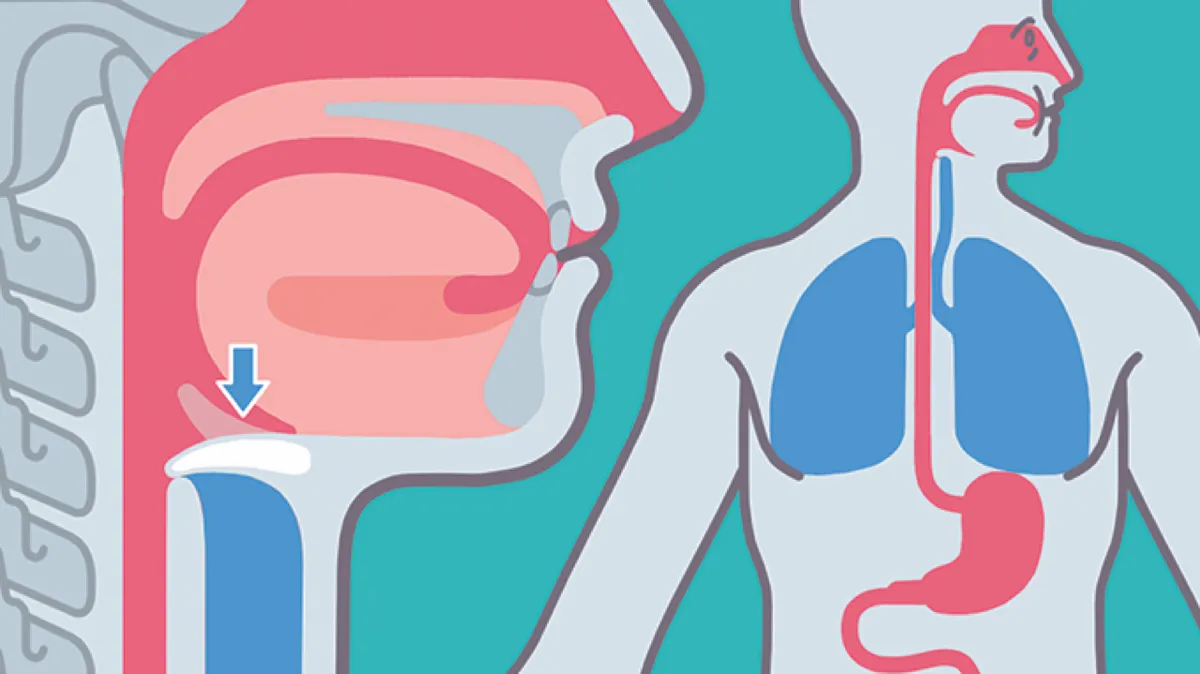
The glottis closes, sealing the airway. Nothing enters or leaves the lungs. Diaphragm contractions without vomiting cause dry heaves.
5. Abdominal muscles
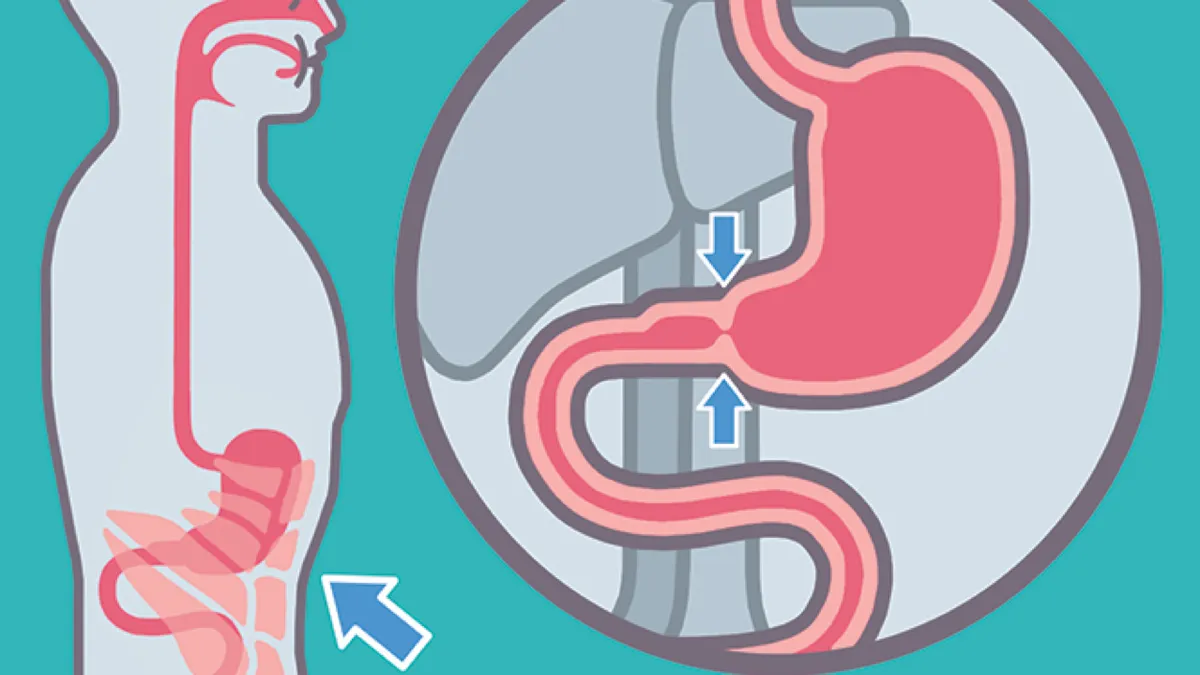
The abdominal muscles contract to further increase pressure. The pyloric sphincter at the bottom of the stomach is held closed. The only way out is upwards.
6. Skin
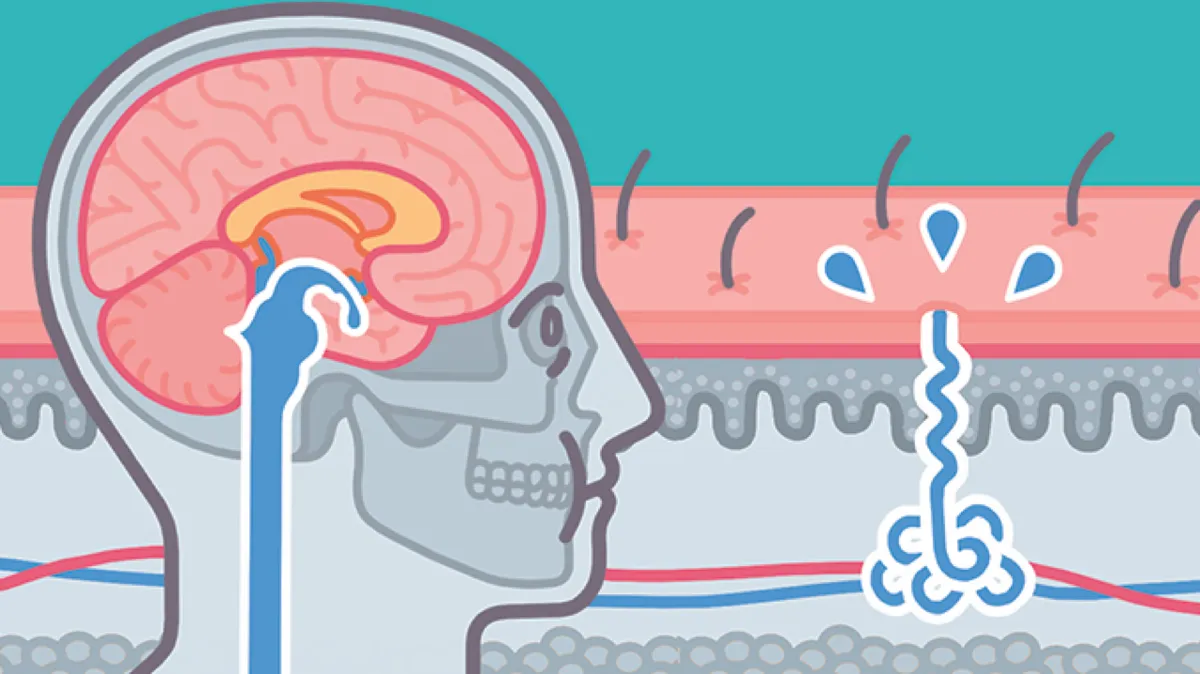
The sympathetic nervous system raises your heart rate and makes you sweat across your whole body, to shed the heat from this sudden exertion.
Subscribe to BBC Focus magazine for fascinating new Q&As every month and follow @sciencefocusQA on Twitter for your daily dose of fun science facts.
